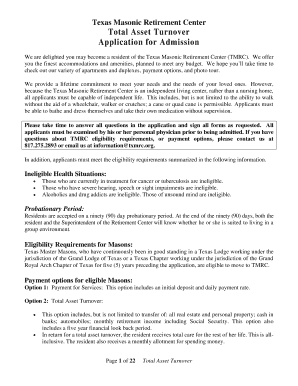
The minuscule difference in interest will have little effect on how much interest you earn unless you have a very large balance. The two terms are related to “APR” and “APY,” which are both commonly used acronyms that describe the interest that an account pays. Learn the differences between all this money jargon to see how they really matter to you. Knowing what all these different things mean can be difficult, but it’s important if you want to know how the account will actually pay interest. As a final note, many of the features in my compound interest calculator have come as a result of user feedback.
When is my interest compounded?
Making regular, additional deposits to your account has the potential to grow your balance much faster thanks to the power of compounding. Ourdaily compounding calculator allows you to include either daily or monthly deposits to your calculation. Note that if you includeadditional deposits in your calculation, they will be added at current assets vs current liabilities: what’s the difference the end of each period, not the beginning.
Why Choose Our Calculator?
- For an account that compounds daily, interest will be calculated based on the $2,000 balance, plus the interest owed from Monday.
- Opinions expressed here are author’s alone, not those of the bank advertiser, and have not been reviewed, approved or otherwise endorsed by the bank advertiser.
- MyBankTracker has partnered with CardRatings for our coverage of credit card products.
- You’re more likely to find high-yield savings accounts at online banks.
- The daily reinvest rate is the percentage figure that you wish to keep in the investment for future days of compounding.
- If you need the money sooner, you can select a shorter-term CD to give you a little more interest than if it was just sitting in a checking account, or you can pay an early withdrawal penalty.
If two accounts, one which compounds daily and one which compounds monthly have the same APR, the one that compounds daily will have a higher APY. Almost every bank will only pay out accrued interest on a monthly basis when your statement period closes. That does not mean that all banks will compound your interest monthly.

This means your investment grows faster compared to simple interest, where interest is calculated only on the principal amount. Understanding this concept is crucial for anyone looking to maximize their financial growth. So, let’s now break down interest compounding by year,using a more realistic example scenario.
High-yield savings accounts are deposit accounts that earn a more competitive annual percentage yield (APY) compared to standard savings accounts. You’re more likely to find high-yield savings accounts at online banks. Thanks to lower overhead costs, online banks are usually better positioned to pay higher interest rates to savers. If you’re hoping to get the highest rates for a savings account, money market account or CD, it’s worth checking out online banks. While you might have to forego branch banking access, you can earn an APY that’s five, 10 or even 20 times higher than the national average.
How is compound interest calculated?
MyBankTracker and CardRatings may receive a commission from card issuers. Opinions, reviews, analyses & recommendations are the author’s alone, and have not been reviewed, endorsed or approved by any of these entities. Opinions expressed here are author’s alone, not those of the bank advertiser, and have not been reviewed, approved or otherwise endorsed by the bank advertiser. This site may be compensated what is a pay stub through the bank advertiser Affiliate Program. In the vast majority of cases, the difference isn’t a selling point and should not factor into your decision when you compare banks.
How to calculate daily compound interest
Rebecca Lake is a certified educator in personal finance (CEPF) and a banking expert. She’s been writing about personal finance since 2014, and her work has appeared in numerous publications online. Beyond banking, her expertise covers credit and debt, student loans, investing, home buying, insurance and small business. When deciding where to keep your money, it’s helpful to consider how much interest you could earn, how often interest compounds and how easily you’ll be able to access funds if needed.
The more times theinterest is compounded within the year, the what is sales revenue higher the effective annual interest rate will be. $10,000 invested at a fixed 5% yearly interest rate, compounded yearly, will grow to $26,532.98 after 20 years. This means total interest of $16,532.98 anda return on investment of 165%. Keep in mind, these companies also tend to be more stable and less volatile, so they may not offer as much potential for outsized returns like the top growth stocks would.
Long-term corporate bonds are riskier but offer higher yields, whereas U.S. Treasury securities are considered to be among the safest investments you can make, as they are backed by the full faith and credit of the U.S. government. In short, you make an initial investment and receive a particular rate of return your first year which then multiplies year over year depending on the interest rate received.
